Do home inspections check for asbestos?
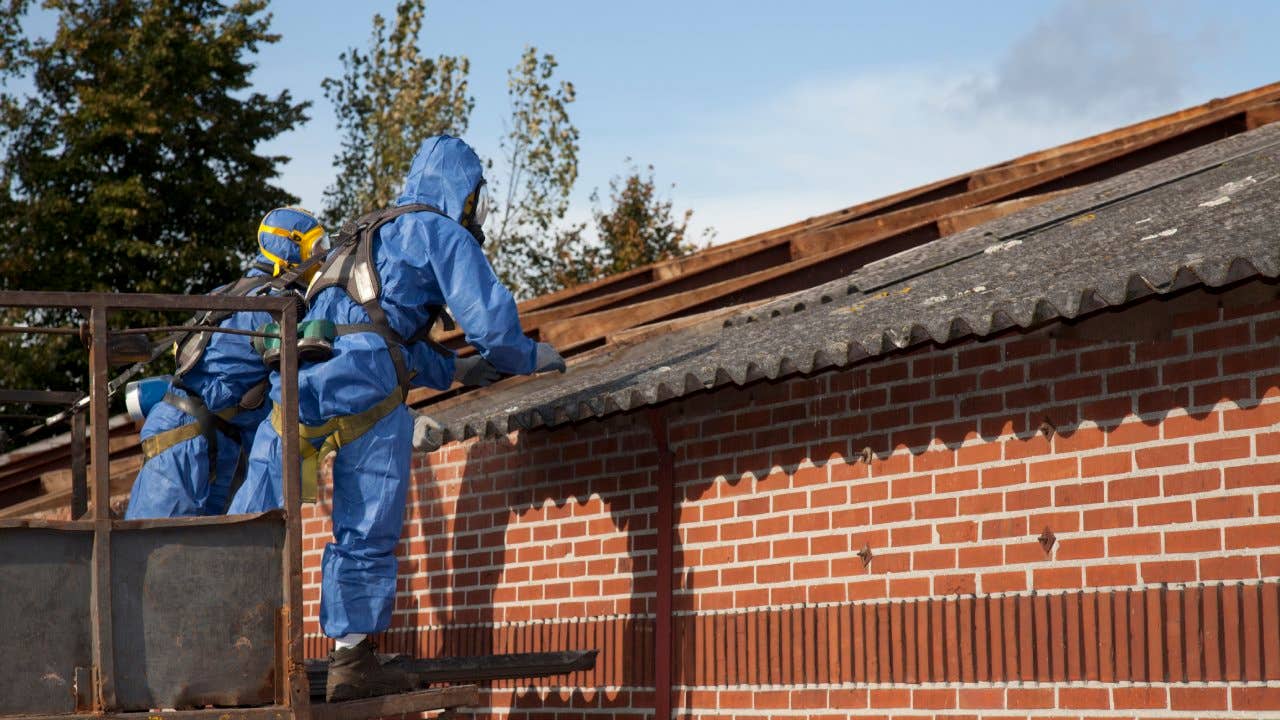
The Bankrate promise
At Bankrate we strive to help you make smarter financial decisions. While we adhere to strict , this post may contain references to products from our partners. Here's an explanation for .
If you’re in the market for a new home, there are a number of potential problems you need to watch out for. One of the biggest hazards is asbestos, which was used in many building materials prior to the 1980’s. When looking at older homes especially, getting a home inspection to check for asbestos is a smart idea. Home sellers aren’t always required to disclose the presence of asbestos, and if your home has asbestos, it can put your family’s health at risk.
Do home inspectors check for asbestos?
Asbestos is a fire-resistant mineral that was used in many construction materials, like roof shingles, floor tiles, insulation, pipe coverings and textured paint. When asbestos fibers are released into the air through processes like demolition work and home remodeling, people in the home risk breathing in the particles. Exposure to asbestos in homes can lead to lung diseases, including lung cancer and mesothelioma.
Unfortunately, homebuyers don’t always know if a house has asbestos. According to Rinal Patel, a realtor in Philadelphia and co-owner of We Buy Philly Homes, “Federal law does not require home sellers to tell buyers about the presence of asbestos in their homes. However, some states have passed laws that require sellers to disclose this information.”
Even after a home inspection, you might not find out whether asbestos is present. If you’re wondering do regular home inspections check for asbestos, the answer is usually no. Most home inspectors don’t look for asbestos, often because they are not specifically trained to spot asbestos within a house and lack the proper licenses to do it.
However, “home inspectors may be able to identify its presence based on visual cues,” says Patel. “If you are concerned about asbestos in a home that you’re interested in, you can ask the inspector to take a sample of the material in question and have it tested for asbestos, if they hold the proper permits.”
Should you have a home inspection for asbestos?
If you’re looking to purchase a home that was built before the 1980’s, you should consider getting a home inspection to check for asbestos. Here are some warning signs that a home might have asbestos:
- Older heating system
- Tile floors
- Popcorn ceiling
- Textured paint
- Older roof with asphalt shingles
- Older insulation
If you find any of these features in the home, it doesn’t necessarily mean that the house has asbestos. However, it’s probably worth getting a second home inspection to be sure. You’ll want to contact a home inspector that has the proper certifications in asbestos identification. Usually, you will have to pay for this inspection out-of-pocket, unless the original home inspection uncovers potential asbestos.
“An inspection can give you peace of mind and help you make an informed decision about whether or not to buy a particular property,” says Patel. You don’t want to purchase a home and later learn that it has asbestos when you start a remodel or renovation.
What should you do if asbestos is found?
So, what happens if you find asbestos in a home you want to buy?
First, know that the presence of asbestos alone is not necessarily a health hazard. “Many asbestos building materials are perfectly safe if they are not disturbed in a way that will release asbestos fibers into the air,” says Kelly Winslow, director of engineering at EnviroHome, an air quality testing company.
In fact, asbestos need not be removed if the building material is in good condition and is not deteriorating. However, it should be removed if there’s any indication that the asbestos-containing materials are damaged or the fibers are exposed.
The process of removing asbestos (formally called asbestos abatement) is complex and must be performed by a trained professional. First, the contractor will determine how to properly ventilate the space and how to safely dispose of the contaminated materials. There are usually local laws that contractors must adhere to when removing asbestos.
Once the home’s air ducts are sealed and the HVAC system is disabled, the contractor can start removing the asbestos-containing materials. Once the materials are removed and the space is cleaned up, the contractor will use a HEPA vacuum to remove any remaining fibers or particles. The final step is for the air to be tested, which ensures that no asbestos is present.
If you’re wondering who is responsible for paying for asbestos removal, it all depends on what the seller is willing to do. From a legal perspective, home sellers are not required to disclose the presence of asbestos or make repairs if asbestos is found.
“If a buyer discovers asbestos during their due diligence period, they may try to negotiate removal costs. However, there is no guarantee that the seller will agree to any negotiations,” says Winslow. The cost of asbestos removal depends on how much asbestos is present, but it’s not cheap. You can expect it to cost between $1,120 and $2,910, according to Angi.
Final word on asbestos and home inspections
When buying a home, checking for asbestos is extremely important. Asbestos in homes has been shown to have detrimental health effects when particles and fibers get released into the air. However, that doesn’t mean you should automatically pass on a home that has asbestos. Instead, get a professional’s opinion on the potential danger and have it safely removed if the asbestos is found to be hazardous.
Related Articles
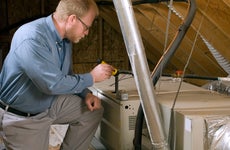
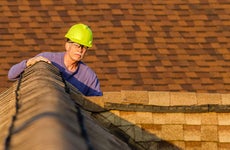
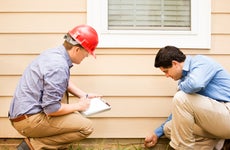
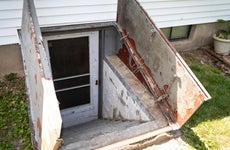
Does your home contain lead paint? How to identify, test for and remove lead-based paint